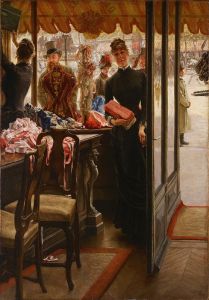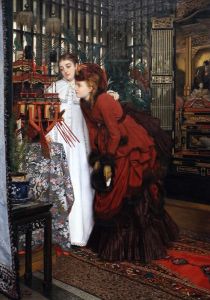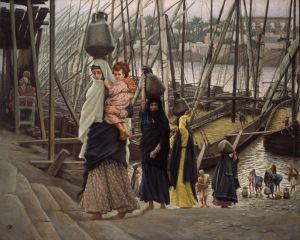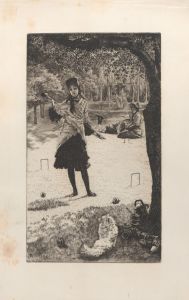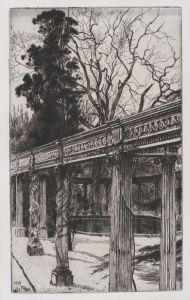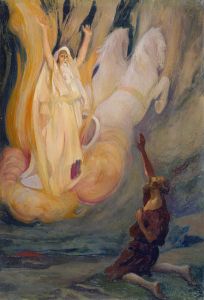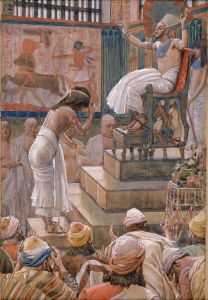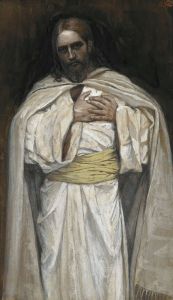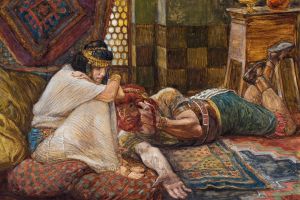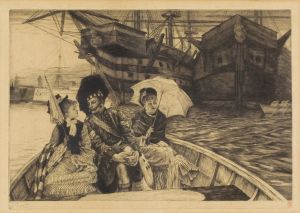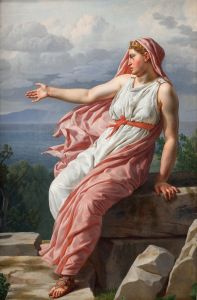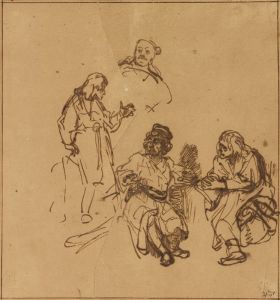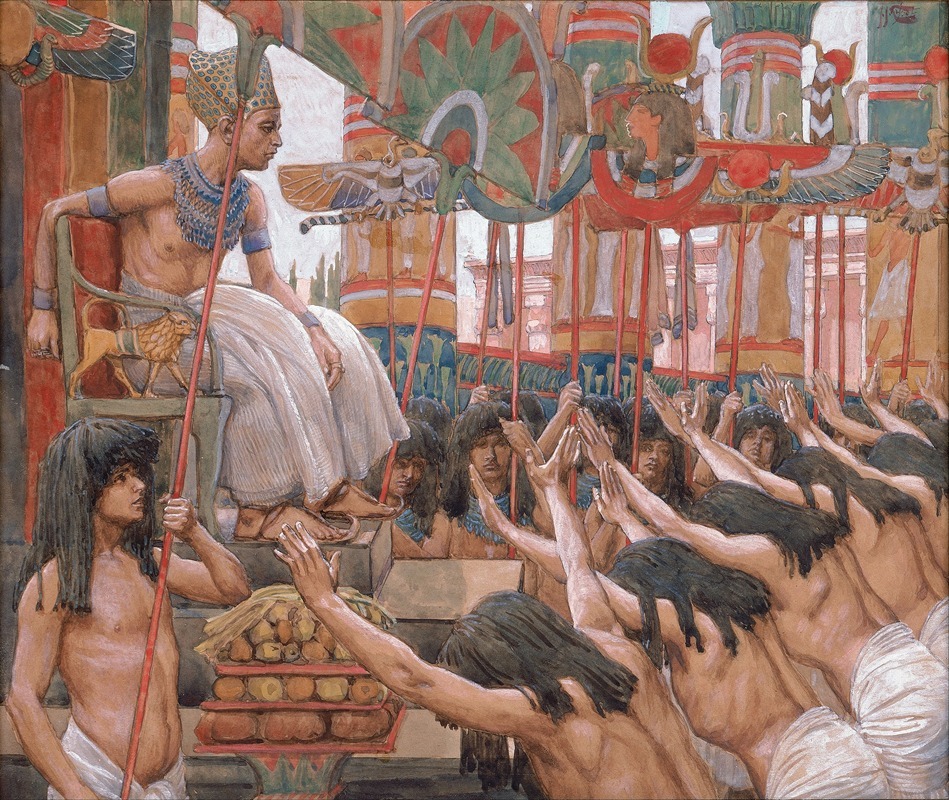
Joseph Dwelleth in Egypt
A hand-painted replica of James Tissot’s masterpiece Joseph Dwelleth in Egypt, meticulously crafted by professional artists to capture the true essence of the original. Each piece is created with museum-quality canvas and rare mineral pigments, carefully painted by experienced artists with delicate brushstrokes and rich, layered colors to perfectly recreate the texture of the original artwork. Unlike machine-printed reproductions, this hand-painted version brings the painting to life, infused with the artist’s emotions and skill in every stroke. Whether for personal collection or home decoration, it instantly elevates the artistic atmosphere of any space.
"Joseph Dwelleth in Egypt" is a painting by the French artist James Tissot, part of his extensive series illustrating the Bible. James Tissot, born Jacques Joseph Tissot (1836–1902), was a renowned painter and illustrator known for his detailed and realistic style. He initially gained fame for his depictions of fashionable society in Paris and London but later turned his focus to religious themes.
The painting "Joseph Dwelleth in Egypt" is one of the works from Tissot's ambitious project to illustrate the Bible, which he undertook in the latter part of his career. After experiencing a religious awakening in the 1880s, Tissot devoted himself to creating a comprehensive visual narrative of the Bible, resulting in over 350 watercolors depicting scenes from both the Old and New Testaments. This project consumed the last two decades of his life and required extensive research, including multiple trips to the Middle East to study the landscapes, architecture, and attire of the biblical era.
"Joseph Dwelleth in Egypt" depicts a scene from the Book of Genesis, focusing on the life of Joseph, the son of Jacob, who was sold into slavery by his brothers and eventually rose to become a powerful figure in Egypt. This particular painting captures the period when Joseph, having interpreted Pharaoh's dreams, is appointed as a high-ranking official in Egypt, responsible for managing the land's resources during the years of famine.
Tissot's work is characterized by its meticulous attention to historical detail and its attempt to faithfully represent the biblical narrative. In "Joseph Dwelleth in Egypt," Tissot employs his signature watercolor technique to create a vivid and lifelike portrayal of the ancient world. The painting likely features elements typical of Tissot's biblical illustrations, such as carefully rendered costumes and settings that reflect his research into the historical and cultural context of the time.
The series of biblical illustrations by Tissot, including "Joseph Dwelleth in Egypt," was well-received for its artistic merit and its contribution to the visualization of biblical stories. These works were exhibited in Paris and London and later published in illustrated volumes, making them accessible to a wider audience. Tissot's biblical paintings are now housed in various collections, with a significant number held by the Brooklyn Museum in New York, which acquired them in the early 20th century.
James Tissot's dedication to his biblical series reflects his personal transformation and commitment to religious art, marking a significant departure from his earlier works focused on contemporary life. "Joseph Dwelleth in Egypt" stands as a testament to Tissot's skill as an artist and his ability to bring biblical stories to life through his detailed and evocative illustrations.





